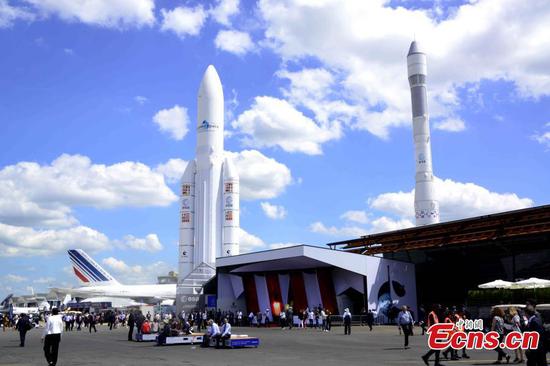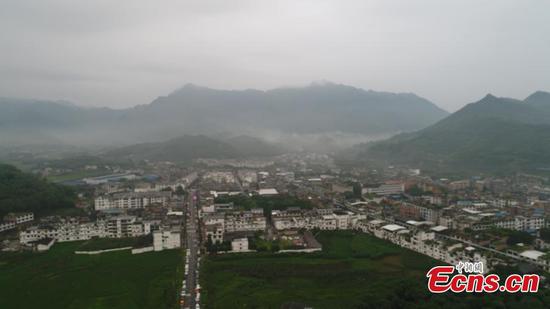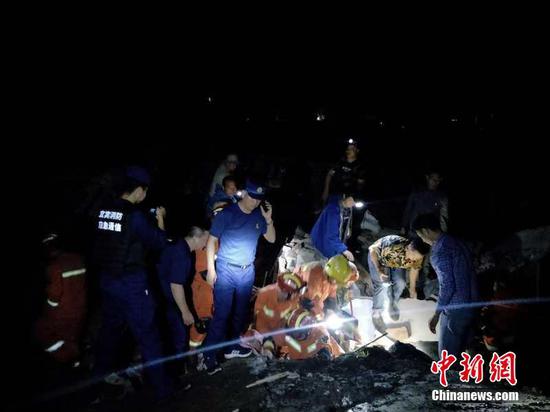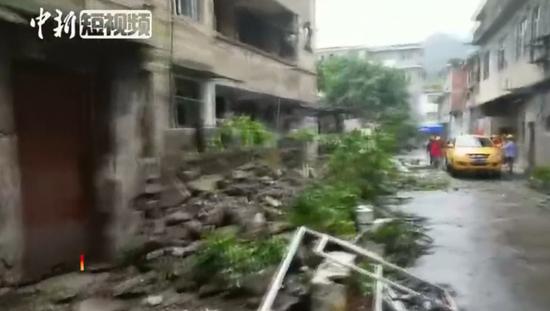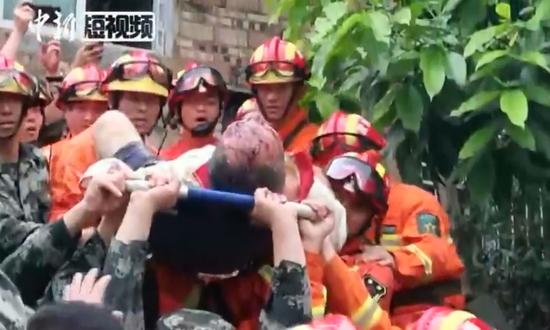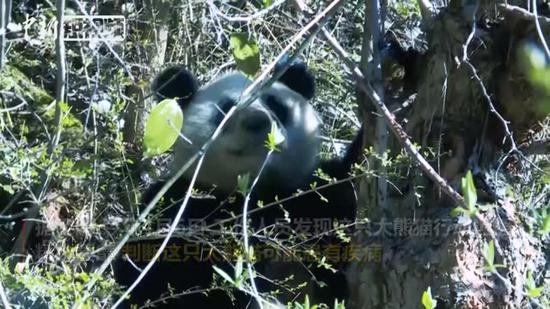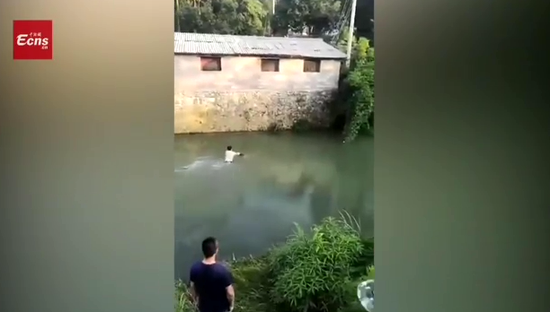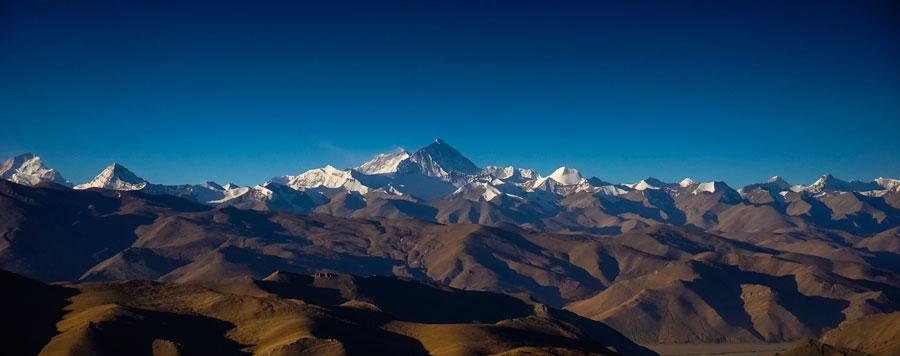
View looking south toward Qomolangma, about 50 kilometers away. Just left and behind Qomolangma, the highest peak in this image, is Lhotse, the world's fourth-highest mountain at 8,516 meters. (Photo by TASHI TSERING/FOR CHINA DAILY)
Every year, crowds of amateur climbers rush headlong up Qomolangma, but for Tibetan guide Tashi Tsering, it remains a place of serenity
The climbing season ended days ago on China's side of the world's highest mountain, and Tibetan guide Tashi Tsering has come down, laden with trash left by careless foreigners, fulfilling his promise to the mountain god. But his mind is still up there, in the thin soup of what's left of the atmosphere above 8,000 meters. It's hard to disengage. His thoughts linger on the struggles high above to help paying clients survive one of the most hostile and demanding environments on Earth. And he thinks of the corpses.
Over the years, many have died in attempts to climb Qomolangma (Mount Everest), their bodies frozen in place for decades. The corpses serve as grisly signposts for other climbers, marking progress toward the summit.
Climbers know the risk of death before they start. They must fend for themselves. Niceties such as proper burials are nonexistent. Attempting to rescue someone or extract a person's remains endangers the lives of others in this alien world.
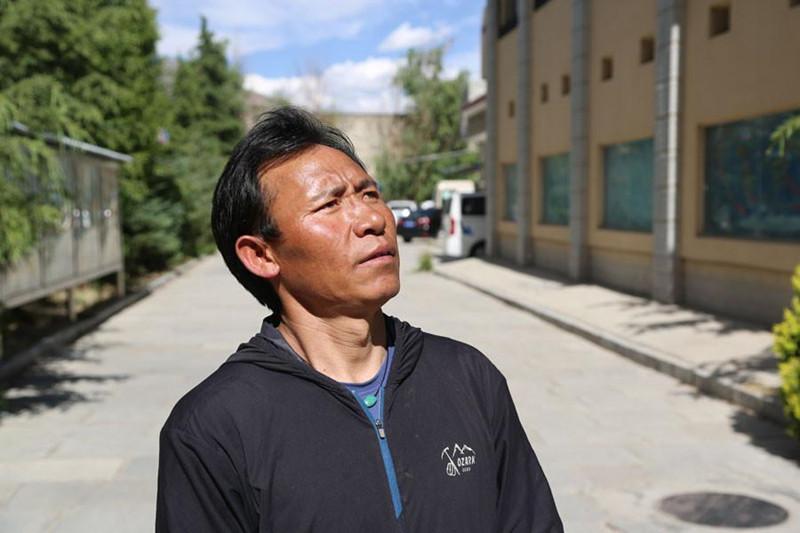
Tashi Tsering reflects on the challenges and rewards of guide work. (Photo/China Daily)
Tashi Tsering, still lean and tough at age 37, is a special breed - one of only a handful of humans physically capable of full function at the top of the world. He is adapted to extremes.
Friends call him Tatse. Born and raised at the foot of the snow-capped Himalayas, he is one of the few who can reach the world's highest summits without supplemental oxygen.
In 2014, the government of the Tibet autonomous region asked Tatse and other top guides to move corpses entombed in the ice, mostly between 7,300 and 8,500 meters, to give them new resting places out of sight in caves, behind large rocks or beneath the snow. It was the first step in a plan to bring them down.
Tatse gained strength for the macabre duty by chanting a six-syllable prayer - om mani padme hum - signifying the transformation of earthly things to the pure exalted body and mind of a Buddha. He used his ice axe to chop out the remains of nine bodies, and he and other guides gently carried them away from the main climbing route.
He worked quickly because of the frightful nature of the task and to avoid frostbite.
But for Tatse the mountain is not all terror, drudgery or even business. It's a place of serenity. For him, it is heaven.
A SPIRITUAL CALLING
When people from the flat land of civilization look up at Qomolangma, they may imagine only the geological forces they learned about in school science classes. Not so with the Tibetan guides. They find something profound and infinite in the wind, ice and rocks framed by an electric-blue sky. They see the domain of gods.
On April 19, the day climbing began this year, Tatse and his fellow guides, all of them bronzed and sinewy, performed an ancient ritual at the foot of Qomolangma.
Circling piles of rocks hung with Tibetan prayer flags, the guides chanted "Suo ... suo... suo" - victory - throwing paper strips of scriptures into the chilly air. They burned juniper branches, producing fragrant smoke, like incense, as an offering to the female mountain god.
Then they lined up facing the peaks, pressed their palms together in devotion and prayed for her to bless them on the coming ascent. It's the same before every climb: They commit their lives to the effort.
In his mind during the prayer, Tatse expressed the purity of his motives: "I have no intent to harm you at all. This is my work. Please protect me from hidden dangers. I trust my safety to you."
Tatse promised to remove trash from the mountain and to avoid making "big sounds". Noise is thought to irritate the gods, who may then retaliate by bringing bad weather - the climbers' greatest fear.
"We humans are fragile before nature," Tatse said. "I always want to climb with a worshipful mind and heart."
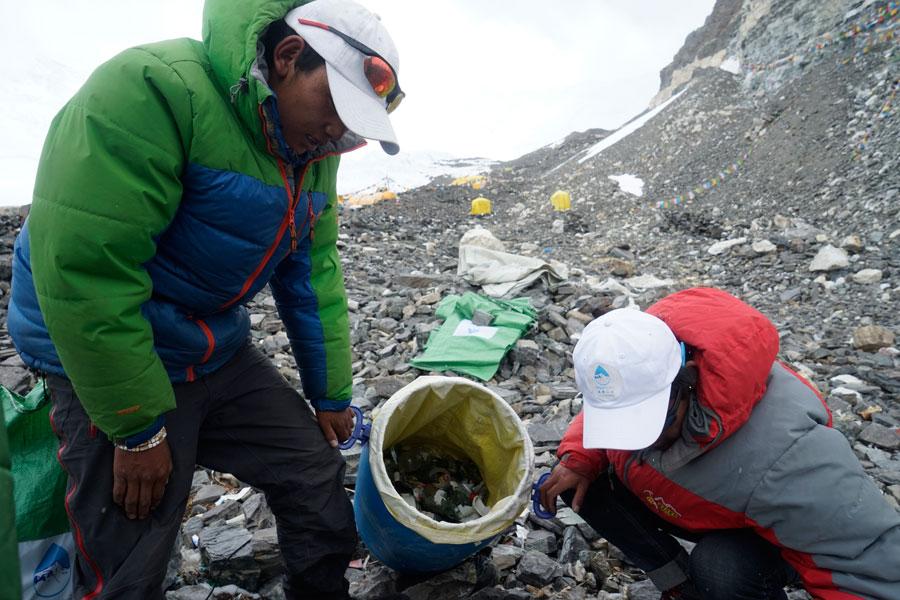
Guides working for the Tibet Himalaya Mountaineering Expedition Co gather trash at 6,500 meters on Qomolangma's northern route in May 2017. (Photo/China Daily)
FINDING A BALANCE
Over the past two decades, the regional government has been working to turn mountain climbing into a major industry. With five peaks rising above 8,000 meters, 70 above 7,000 meters and more than 1,000 above 6,000 meters, Tibet is a mountaineering magnet.
Nyima Tsering, an outstanding climber and head of the region's sports bureau, founded the Tibet Mountaineering Guide School in 1999, producing top guides to lead paying customers in the dangerous game - usually one guide for each, although they may move in groups on the mountain. Tatse and another climber, Tashi Phuntsok, were the school's first graduates in 2001. More than 300 have been trained since.
The school is supported financially by the for-profit Tibet Himalaya Mountaineering Expedition Co, founded in 2001. It offers jobs to trained guides and provides commercial climbing services for a number of Himalayan peaks.
FINDING A BALANCE
Over the past two decades, the regional government has been working to turn mountain climbing into a major industry. With five peaks rising above 8,000 meters, 70 above 7,000 meters and more than 1,000 above 6,000 meters, Tibet is a mountaineering magnet.
Nyima Tsering, an outstanding climber and head of the region's sports bureau, founded the Tibet Mountaineering Guide School in 1999, producing top guides to lead paying customers in the dangerous game - usually one guide for each, although they may move in groups on the mountain. Tatse and another climber, Tashi Phuntsok, were the school's first graduates in 2001. More than 300 have been trained since.
The school is supported financially by the for-profit Tibet Himalaya Mountaineering Expedition Co, founded in 2001. It offers jobs to trained guides and provides commercial climbing services for a number of Himalayan peaks.
The regional government has been stressing the balance of environmental protection and safety in the development of mountain sports. It has raised the price of a climbing permit and since last year has limited the number of climbers on Qomolangma to fewer than 300 per year. And it closed the mountain's autumn climbing season indefinitely to help the fragile environment recover from the ravages of too many people.
These moves were welcomed by the environmentally aware climbing community but were a disappointment to many amateurs whose goal is to quickly bag the world's highest peak using professional guides as nursemaids.
"Fewer people means less damage to nature, less human waste and fewer safety hazards," said Tsering Samdrup, 37, the head of the commercial climbing company.
With the introduction of stricter regulations on mountaineering in the region, the standard northern route on the Tibet side to Qomolangma's summit has logged fewer casualties than the more heavily traveled southern route on the Nepal side.
Meanwhile, managed guide services have been a blessing for people like Tatse. He is grateful he can spend his days in a physical and spiritual environment that few people ever experience, and that he can make a living doing it.
"The government has helped turn mountaineering into a livelihood for rural residents near the mountains, and they now have better lives," Tatse said. "I receive a midrange salary from my company, plus subsidies from the government. It's enough money to get by."
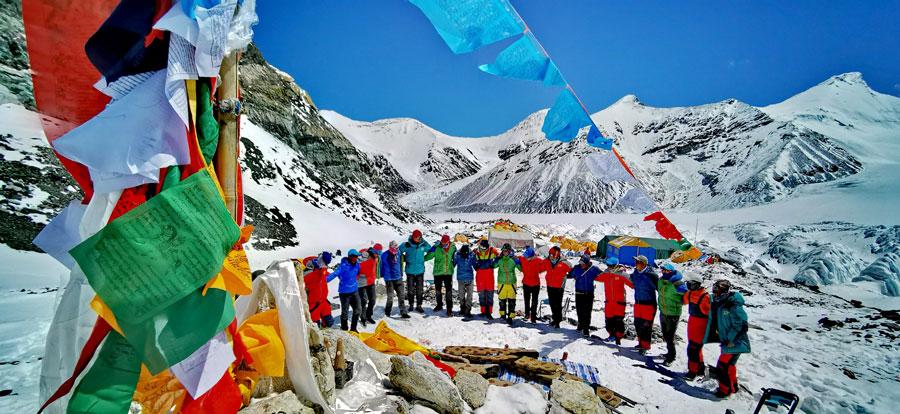
Guides pray for safety before climbing Qomolangma in May-a ritual repeated for every ascent. (Photo/China Daily)
PURPOSE AND PASSION
Tashi Phuntsok had just completed his training at the guide school in Lhasa, Tibet. With nowhere to go, he spent his days drinking beer at a local bar and wondering gloomily what direction his life would take.
Earlier, recruiters had come to his hometown in Dingri county, looking for mountain talent, and he was mesmerized by the array of specialized climbing gear, the colorful ropes, the hardware, the extreme adventure posters and especially the eye-catching clothing for high-altitude work. It all seemed special. So he signed up.
Tashi Phuntsok's passion for guide work soared, as did that of his classmate Tatse, who had recently completed courses at a local sports school. For them, the work has become much more than a job or source of income. It's a life dream and a responsibility wrapped in a package of mountain mysticism.
It was tough going at first, Tatse said, especially working with the established Sherpas in the area. "Without much experience, I fell behind while climbing, and the Sherpas looked down on me. I felt despair at first, but I didn't give up. I got better."
When a Sherpa guide became unable to continue escorting a client on Qomolangma in 2005, Tatse took over from 8,300 meters to the summit - 8,848 meters, including the snow - and he reached the top for the first time. Above him was nothing but sky.
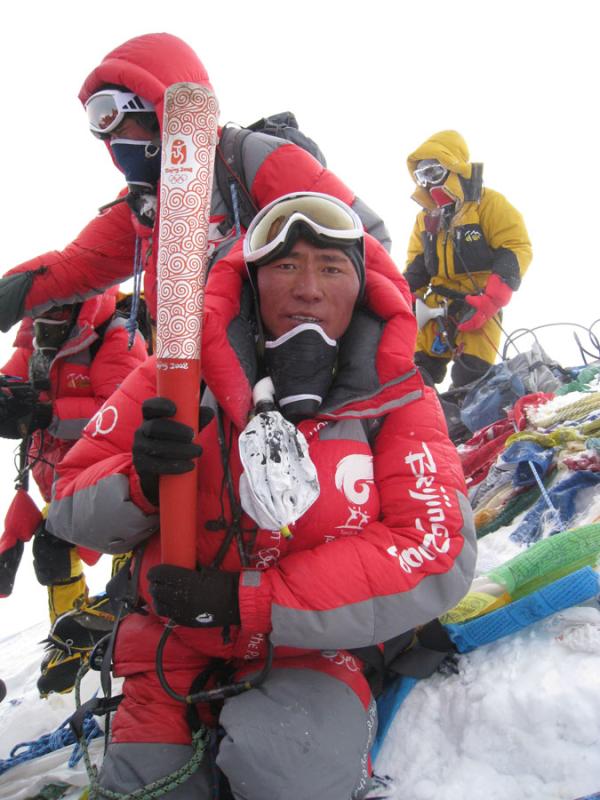
Marking the Summer Olympics in 2008, Tashi Tsering holds the Olympic torch on Qomolangma's summit. (Photo/China Daily)
"The moment I arrived, I found myself in the middle of a cloud, on the top of the world, and I felt this must be what it's like in heaven, with the sun shining from the bottom of my feet," he said.
Since then, he has accompanied climbers on Qomolangma 18 times and has reached the summit 14 times. He has amassed memories of inspiration, fear, danger, struggle and death, which can be read in his placid face and self-assured manner.
In 2005, he guided a man from Denmark who was attempting to climb Qomolangma without oxygen. The man's condition turned critical at 8,550 meters, about 300 meters below the summit, and Tatse offered some oxygen to help him reach the top. "He was a brave guy. He refused to take my oxygen, staying true to his goal. I was inspired by him," Tatse said.
The man turned back.
"I could climb Qomolangma without oxygen, but I carry it for the safety of my clients," Tatse said, not boasting, just stating a fact.
Yet at extreme altitude, you don't always get to choose the outcome. Sometimes the mountain chooses for you.

Tashi Tsering, on the first time he reached the summit in 2005 (Photo/China Daily)
PEAK OF DANGER
Mountain weather can change in a heartbeat, shifting as if by the will of some mercurial diety. And it can be deadly. High on Qomolangma, winds commonly howl at 160 kilometers per hour. In February 2004, the wind was measured at 280 km/h at the summit. The cold breath of the gods can literally blow climbers off the mountain. Blizzards and avalanches present other dangers. Camps are characterized by the incessant, loud flapping of nylon tents throughout the night.
"Sometimes you can hardly stand up in the wind," Tatse said. "I've had to crawl on the ground to keep moving forward."
Disasters go with the territory. In 2015, when he was guiding, Tatse felt the magnitude 8.1 Nepal earthquake at an altitude of 7,028 meters.
"After a big sound, a terrible roar, the earth trembled under my feet and I saw a giant piece of ice as big as a house rushing toward us on one side," he said. "I thought it was punishment from the mountain and that death would come to me soon.
"Fortunately, the ice block hit another one, and the danger was averted by chance. More than 20 of us were saved."
The incident reinforced his deep spiritual feelings. No one conquers Qomolangma. The mountain humbles you. It is sacred ground.
"I hate it when people say they have conquered the mountain," he said. "From my heart, I feel nature is mighty and people are weak and fragile. For me, as I climb, I don't want to disturb the gods. My feelings are humble and respectful."
He doesn't approve of the worldliness that outsiders bring - the discarded trash, the occasional barbecues and even high-altitude sex. "I hate seeing those things," he said.
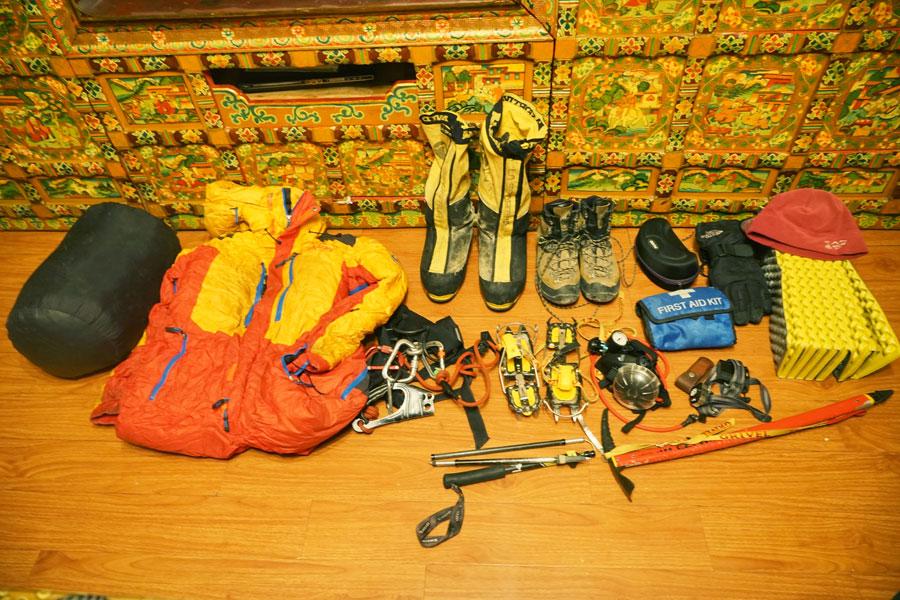
Climbing equipment is kept organized at the home of Tashi Tsering in Lhasa. (Photo/China Daily)
A BRIGHTER PATH
In the effort to move corpses, Tashi Phuntsok worked to release the body of a Sherpa that was frozen in the ice. When the skull came free, he performed an old Tibetan ritual.
"I tried to make a hole in his forehead with my axe," he said. "It's our tradition in Tibet for paying respect to the dead."
It's complicated, Tibetans say, but the short explanation is that punching a hole shows the deceased a brighter path to the next world.
"The head was so hard that when I struck it with my axe I could not make a hole," he said. "The sound still vibrates in my mind from time to time."
He hopes one day that a better solution will be found for the many dead left behind on Qomolangma. For now, however, they must be left to the care of the mountain god.











